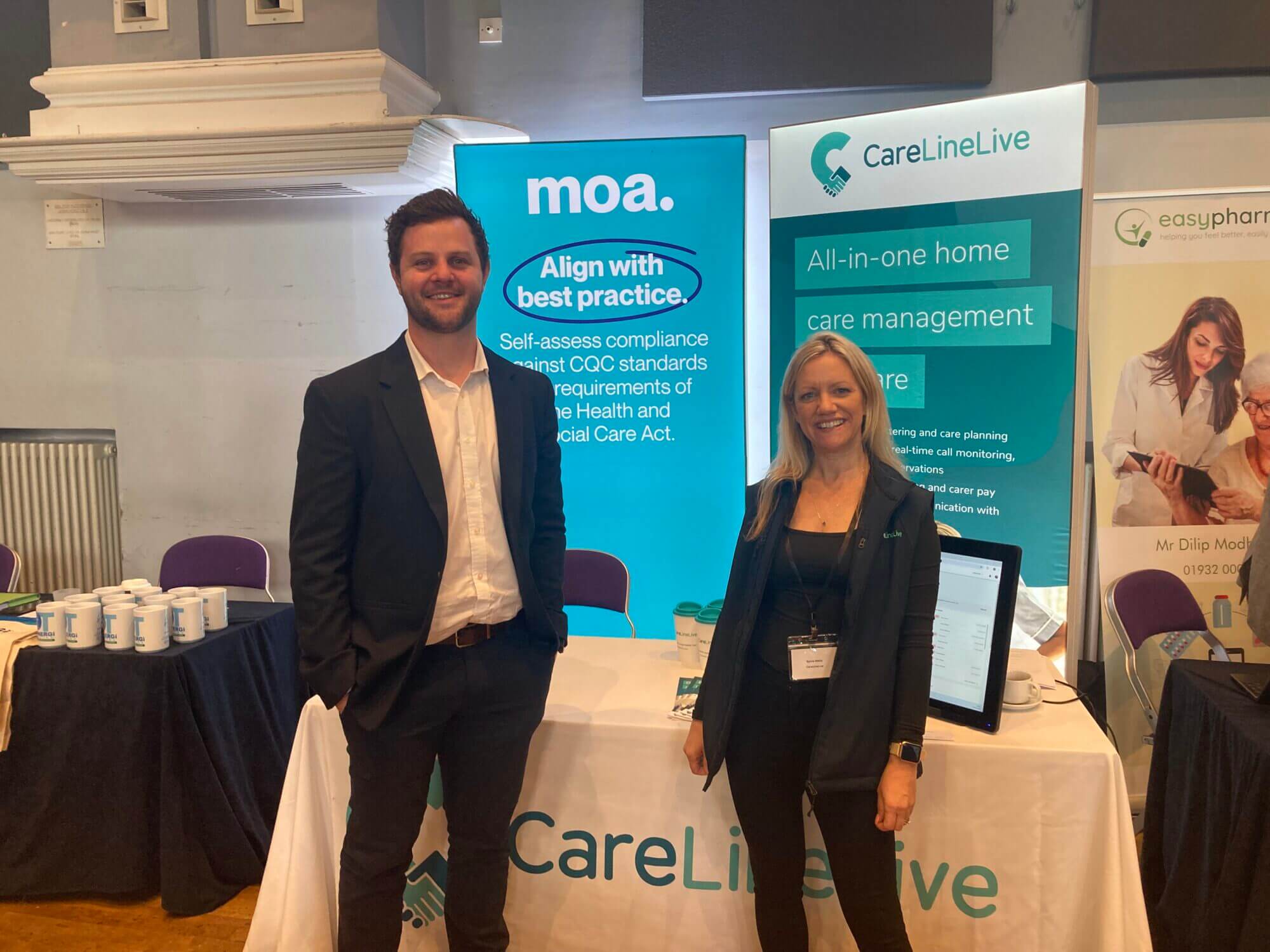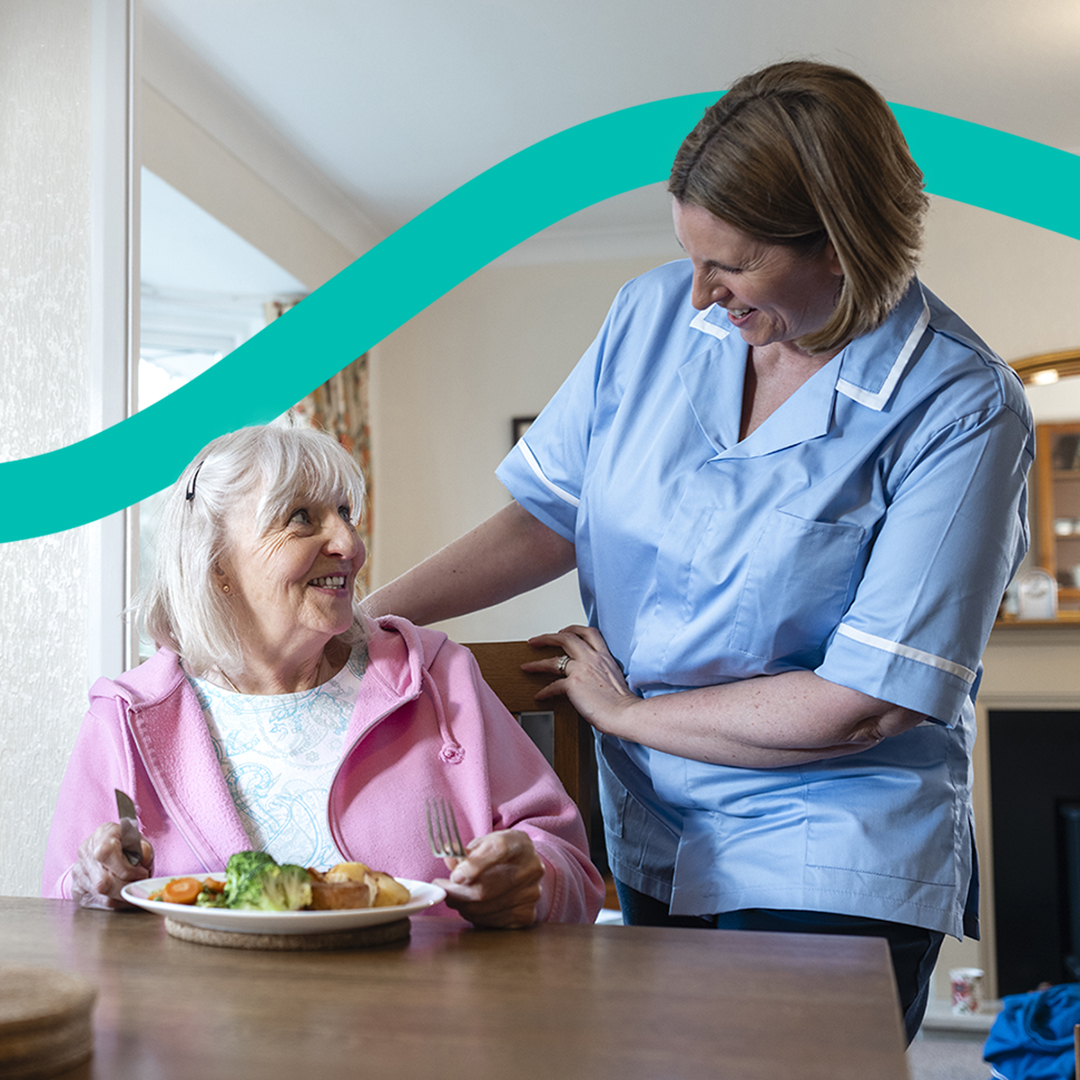What does a RESPONSIVE service look like?
Meeting the key question of RESPONSIVE requires extensive knowledge and understanding of the demographic and winder community in which services operate. Understanding the inequalities and diversity within communities will facilitate the targeting of key areas within services allowing providers to deliver safe, high quality services which can respond to the changing needs of people effectively. Additionally, providers should be able to evidence that care, support and treatment is accessible and meets the personal circumstances and protected equality characteristics of services users.
It is key to ensure that staff are confident and have the correct skill-sets to be competent in their roles, allowing them to fully support people using services. Staff should have training and support to empower them to access specific information, advice and advocacy which benefits people using services.
As with all aspects of the service, each stakeholder should be encouraged to give feedback. This is crucial to facilitate service improvement which is reflective of the people and communities using services.
Guidance on the key question of RESPONSIVE is available on the CQC website. It gives information on the quality statements and related regulations. Do use this to steer you through this key question. You will see that the quality statements related to RESPONSIVE are:
- Person-centred care
- Care provision, integration and continuity
- Providing information
- Listening to and involving people
- Equity in access
- Equity in experience and outcomes
- Planning for the future
Practical tips for evidence collection
Generating evidence has never been easier.
Users of CareLineLive enjoy features that support them to be RESPONSIVE to client, carer and business needs. We offer many features that can generate reports to evidence RESPONSIVE service delivery, Additionally, our carer app allows carers in the field to communicate information in real time which alerts managers to deal with issues and changing needs immediately. If a care package changes, the rostering and invoicing and payroll features work interactively to generate new visits and will show how swiftly changes can be actioned which positively impacts on people using services.
Information can be uploaded and shared through our Care Circle Portal which is invaluable to the sharing of information and our constant drive to ensure that care is integrated.
Let’s take a look at what evidence can be used!
Note: There is will be a crossover of evidence types for the quality statements, below are some suggestions for the key question of RESPONSIVE.
Person-centred care
We make sure people are at the centre of their care and treatment choices and we decide, in partnership with them, how to respond to any relevant changes in their needs.
Evidence suggestions:
- Person-centred care planning, reviews, risk assessments and risk management
- Detailed ‘About Me’ assessment
- Detailed support tasks to deliver care which is person specific
- Details of communications with service users and their advocates where choices, wishes and preferences are recorded and action planning is goals and outcomes based
- Person-centred management of goals and outcomes
- Informed choice and person-centred positive risk taking
- Collaborative working and sharing of information with relevant services
- Feedback from service users, staff and stakeholders that instigates learning and improvement
- Staffing levels, training and management
CareLineLive can supply fully managed handsets which carers use to view care plans, tasks, make notes, upload photos and more.
Care provision, integration, and continuity
We understand the diverse health and care needs of people and our local communities, so care is joined-up, flexible and supports choice and continuity.
Evidence suggestions:
- Detailed ‘About Me’ assessment
- Person-centred care planning, risk assessments and risk management
- Person-centred care and well-being reviews in conjunction with relevant stakeholders
- Details of communications with service users, their advocates and stakeholders, where choices, wishes and preferences are actioned
See how CareLineLive has been helping increase home care capacity for the NHS without recruitment
Providing information
We provide appropriate, accurate and up-to-date information in formats that we tailor to individual needs.
Evidence suggestions:
- Assessment of needs including a detailed communication assessment
- Detail of communications types and communication formats used across the service, detailing examples of specific benefits to service users
- Detail of how often key information is updated
- Detail of how key information is communicated to relevant stakeholders
See how CareLineLive’s eMAR charts work.
Listening to and involving people
We make it easy for people to share feedback and ideas or raise complaints about their care, treatment and support. We involve them in decisions about their care and tell them what’s changed as a result.
Evidence suggestions:
- Actively seeking regular feedback from service users, staff and stakeholders that instigates learning and improvement. Examples of responses to a variety of scenarios
- Responses to incidents, concerns, complaints with evidence of appropriate policy, process. Examples of responses to a variety of scenarios
- Information relating to making a complaint including the process and evidence of the process being used in the day to day running of the service.
- Quality assurance processes
See how CareLineLive helps you schedule carer and client reviews.
Equity in access
We make sure that everyone can access the care, support and treatment they need when they need it.
Evidence suggestions:
- Detailed ‘About Me’ assessment
- Details of communications with service users and their advocates where choices, wishes and preferences are recorded and action planning is goals and outcomes based
- Feedback from service users, staff and stakeholders that instigates learning and improvement
- Collaborative working and sharing of information with relevant services
See CareLineLive featured in Tomorrow’s Care Magazine on prevention of hospitalisation starting at home.
Equity in experiences and outcomes
We actively seek out and listen to information about people who are most likely to experience inequality in experience or outcomes. We tailor the care, support and treatment in response to this.
Evidence suggestions:
- Person-centred care planning, reviews, risk assessments and risk management
- Regular engagement with service users and the wider community to identify and address inequalities in experience and outcomes
- Regular engagement with other services to work collaboratively to respond to identified shortcomings
- Feedback from service users, staff and stakeholders that gives and in-depth understanding of opportunities for learning and improvement in response to feedback
Read our Case Study: Ideas for working with people with Alzheimers
Planning for the future
We support people to plan for important life changes, so they can have enough time to make informed decisions about their future, including at the end of their life.
Evidence suggestions:
- Detailed ‘About Me’ assessment including future wishes and linking to advanced care planning where appropriate.
- Advanced care planning
- End of life care planning
- Working collaboratively with specialist services
- Details of communications with service users and their advocates where informed choices are recorded and actioned
- Feedback from service users, staff and stakeholders that instigates learning and improvement
- Staffing levels, training and management to meet the future needs of service users to allow seamless transitions to meet changing and potentially more complex future needs.
Read about successfully evidencing safe and personalised care using digital records.
- The new CQC Single Assessment Framework. What we know so far.
- Care Quality Commission and moving forward with the Single Assessment Framework
- Single Assessment Framework – Are you transition ready?
- Single Assessment Framework – What does SAFE look like?
- Single Assessment Framework – What does EFFECTIVE look like?



